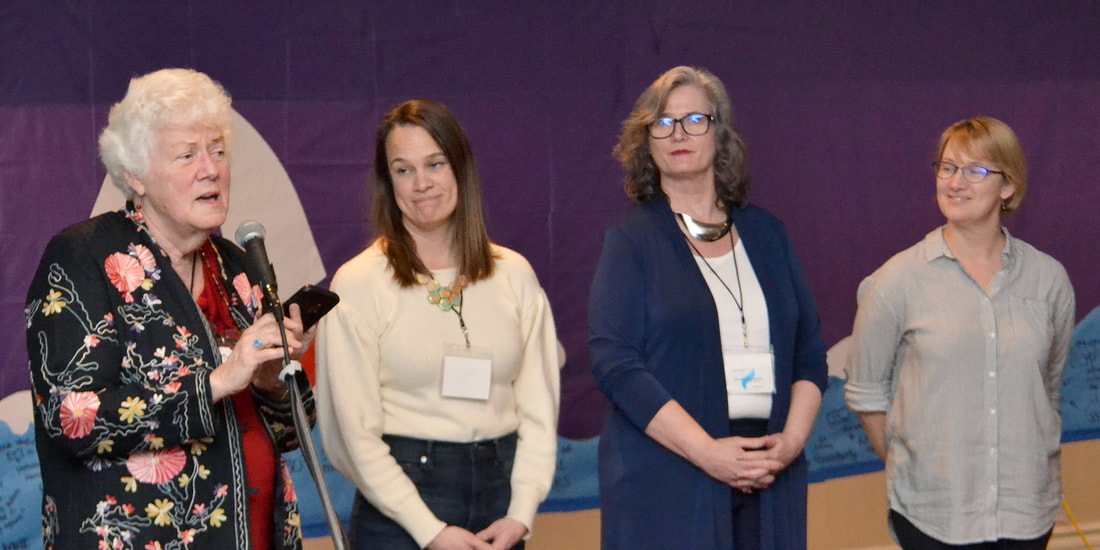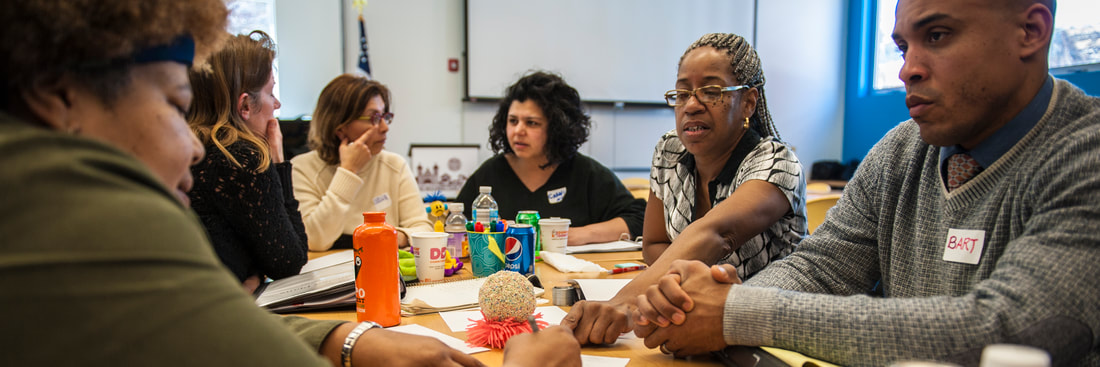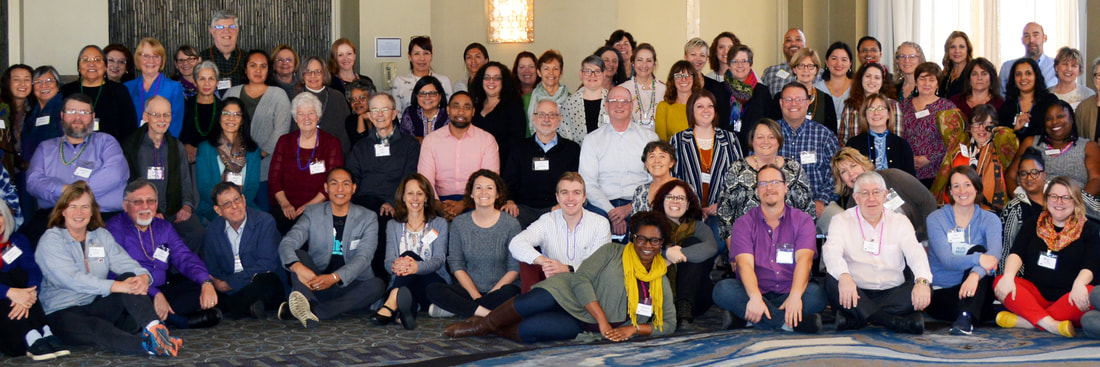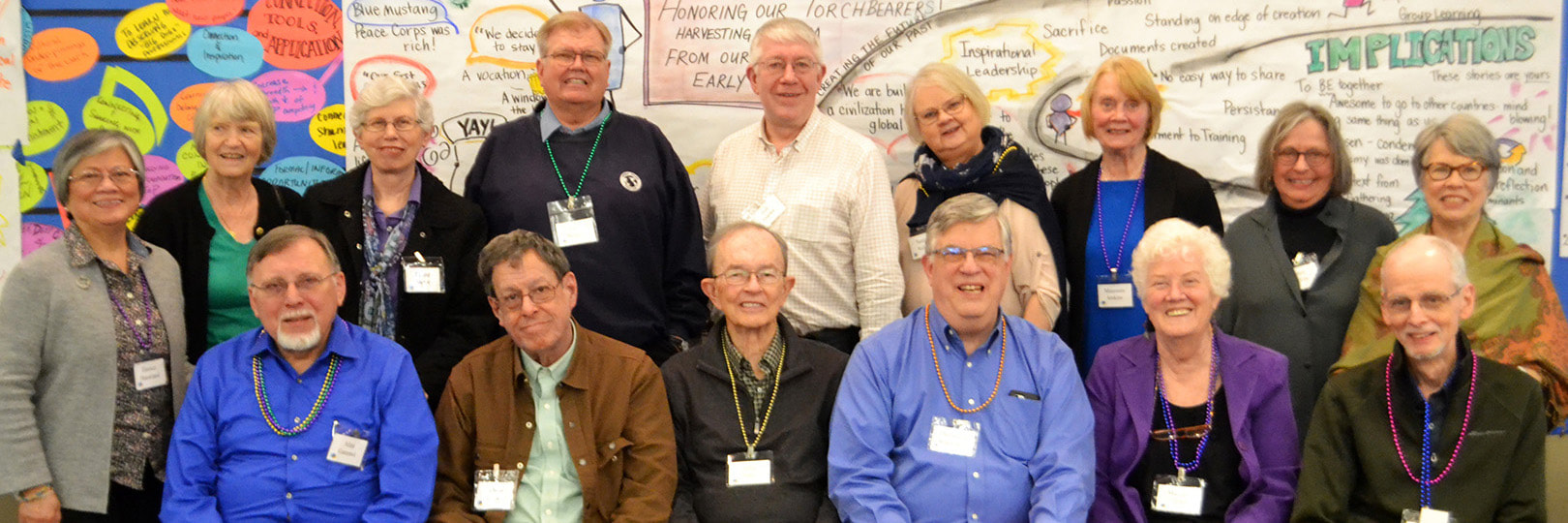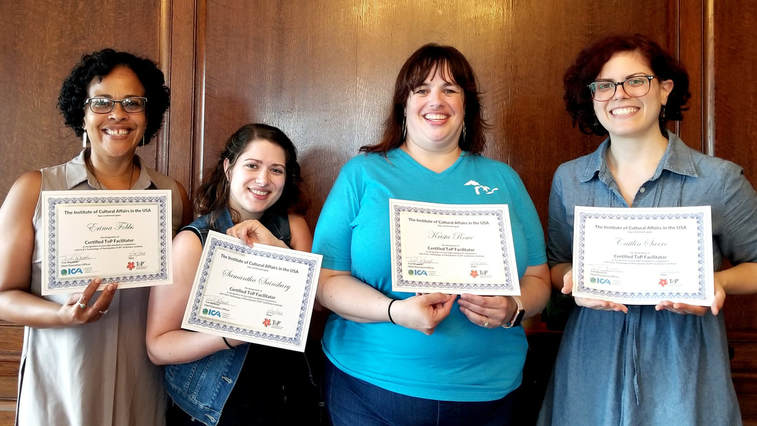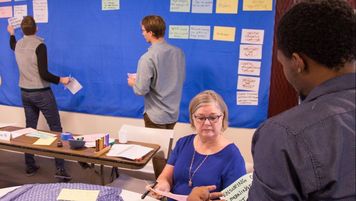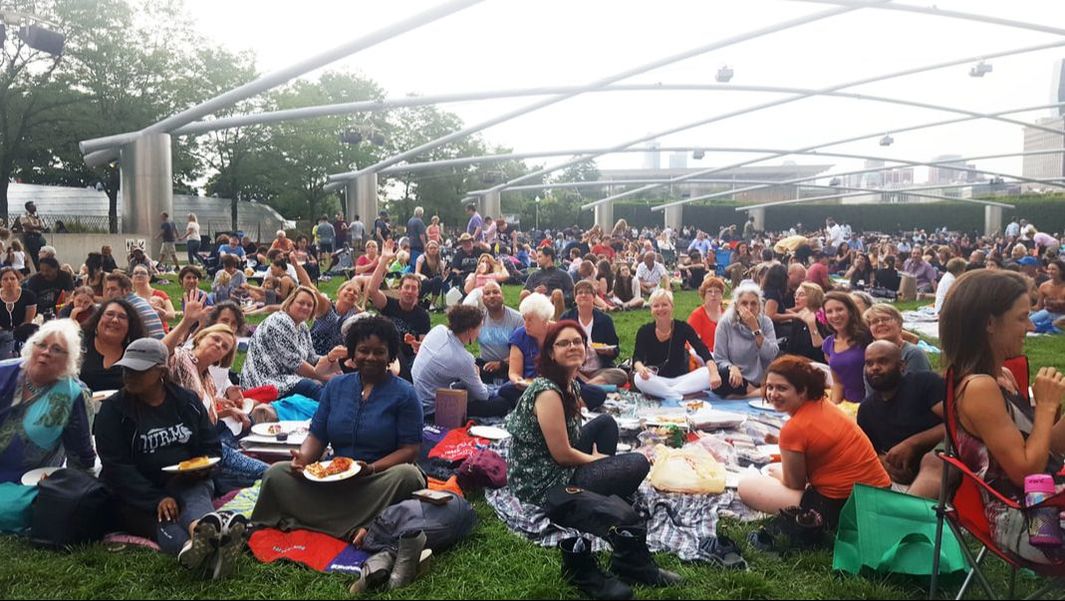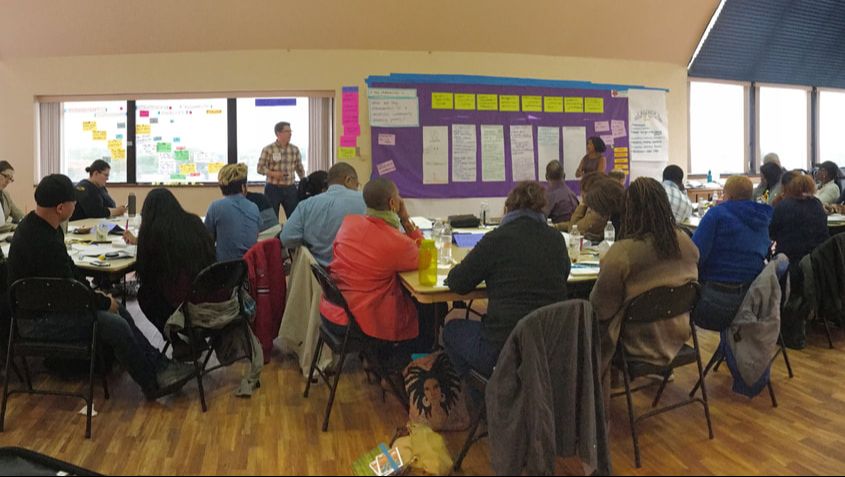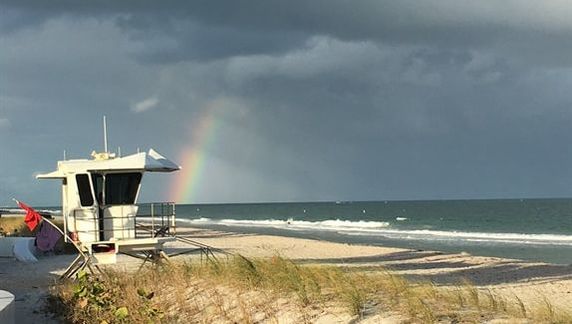|
In the days before the ToP Network Annual Gathering, three facilitators completed assessments and became Certified ToP Facilitators (CTFs). Congratulations to Jennifer Allen of Long Beach, CA, Jasmine Jetton-Gonzales of Deerfield, IL, and Diana McCall of Asheville, NC!
Certification is a long journey of skill-building, practice, and reflection. Candidates create and submit extensive portfolios that showcase their competencies and application of ToP methods, get structured feedback from mentors and clients, and are supported by a coach and a community of practice. Upon completion of the final assessment, facilitators are welcomed into the global community of ToP practitioners. Darnell Shields dreams of a dynamic, bustling, and alive Austin, a community on the West Side of Chicago. As the Executive Director of Austin Coming Together (ACT), Darnell and his team have worked diligently on building a system that supplies the resources and support that local residents and organizations need to address the barriers they face. The role of community “has to be better acknowledged and valued when it comes to community development initiatives,” he says. “Developing resident capacity on the ground in neighborhoods into interconnected systems is the only way you can have harmonious allocation and distribution of resources in a place.”
“Public participation in the planning process is key to creating successful and implementable plans. Unfortunately, the term often conjures up images of angry residents, stifling-hot rooms in old buildings with dim fluorescent lighting, and a group of people that simply cannot agree.” –ICA Program Director Seva Gandhi, The ToP Focused Conversation: A Facilitation Tool for the Planning Process, APA PAS Report 595
Even in the dead of winter, the warm and vibrant New Orleans was a breath of fresh air. Among the oldest cities in the country, New Orleans has a rich history of diverse cultural influences that infuse it with a particular energy—not unlike the rich and diverse group of facilitators that assembled there for this year’s ToP Network Annual Gathering.
Fourteen people sat calmly in a row, shoulder to shoulder, holding between them over 700 years of experience learning and leading in community development projects around the world. In the air between the fourteen and those who came to hear them speak hung the promise of fourteen stories. Among these stories was a spark of the collected wisdom that would eventually become the Institute of Cultural Affairs and its Technology of Participation (ToP) methods.
|
|
4750 N Sheridan Rd, Chicago, IL 60640
773 769 6363 x 335 |
Copyright 2022. The Institute of Cultural Affairs. All rights reserved.

